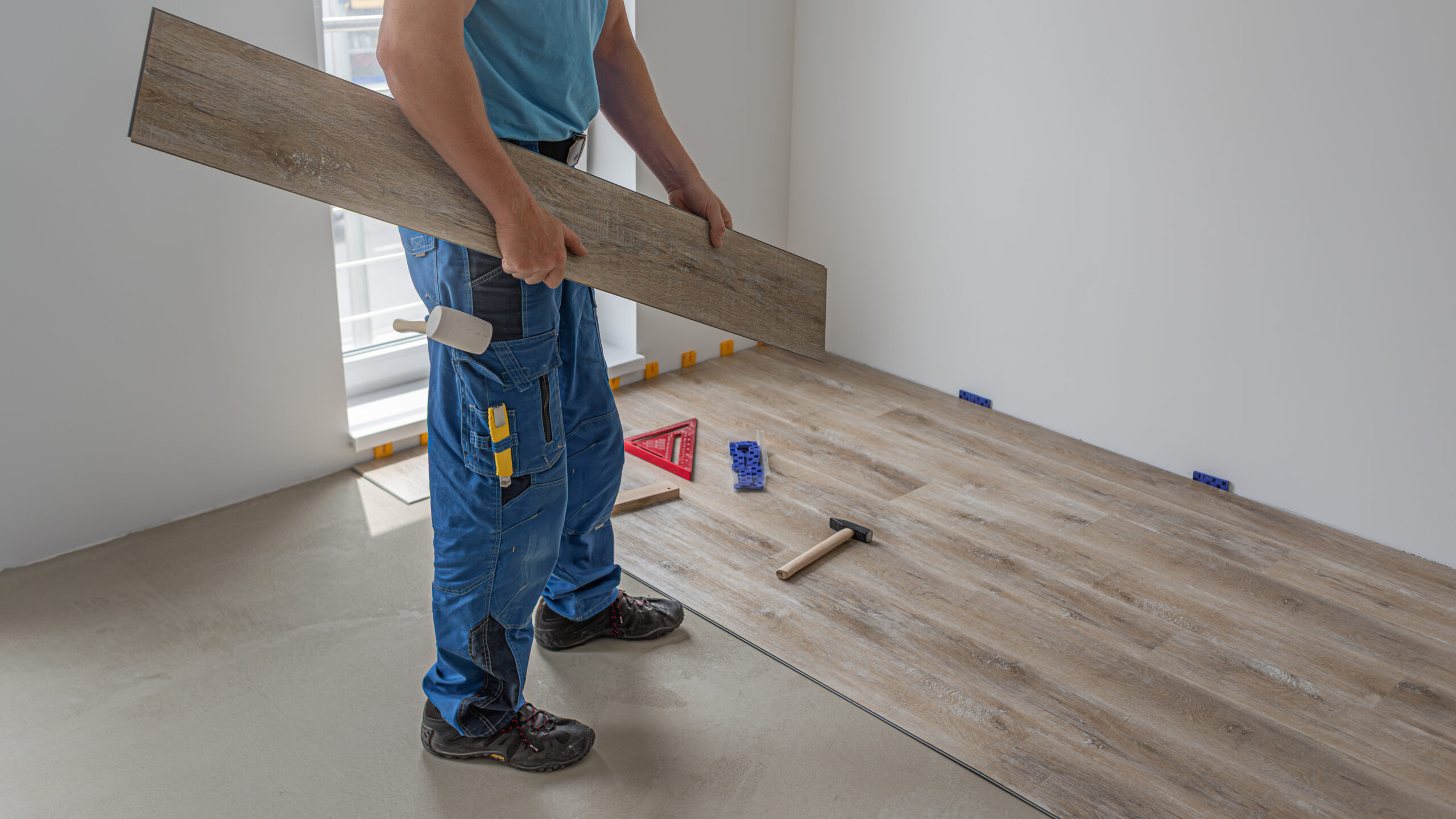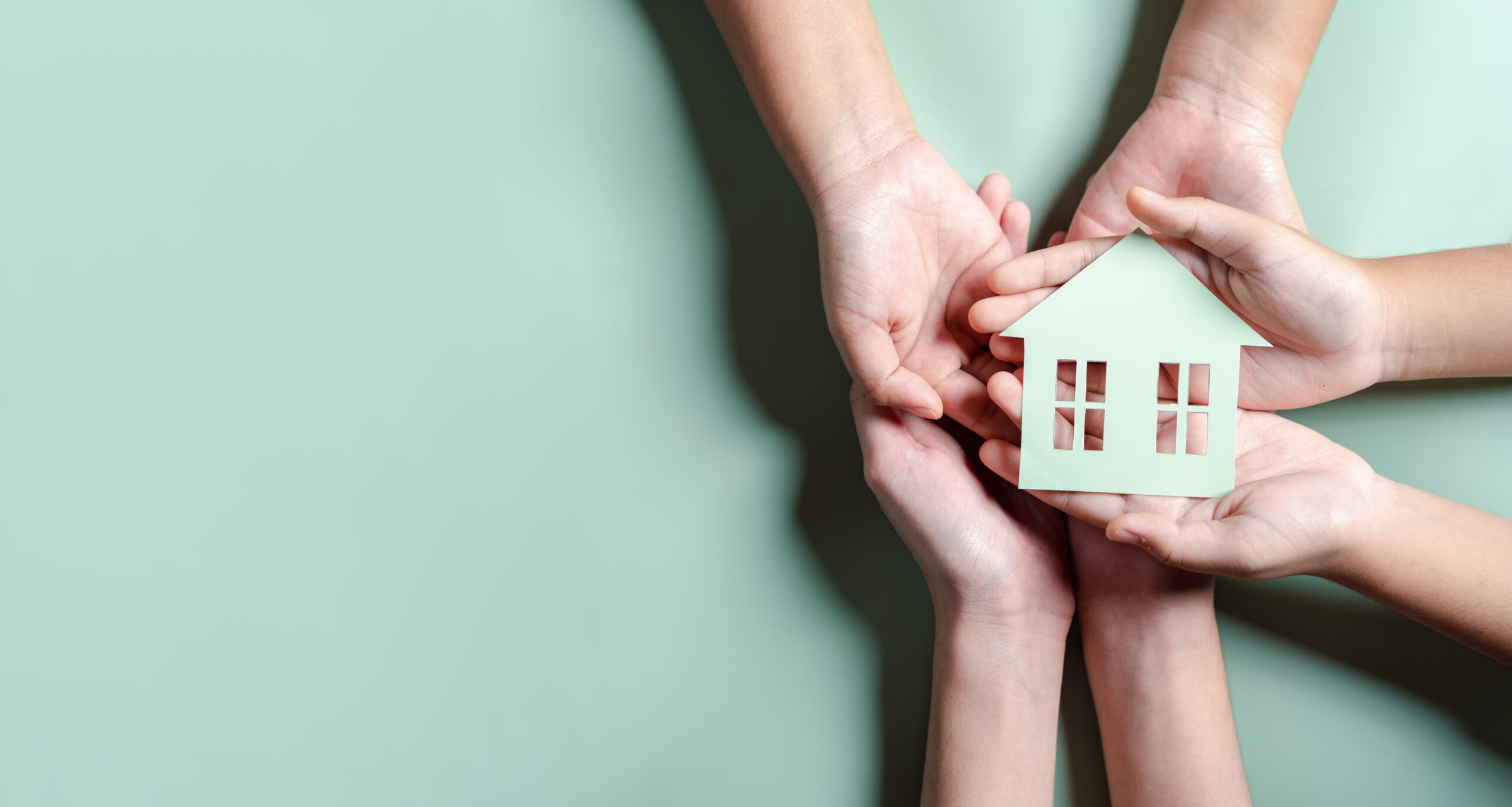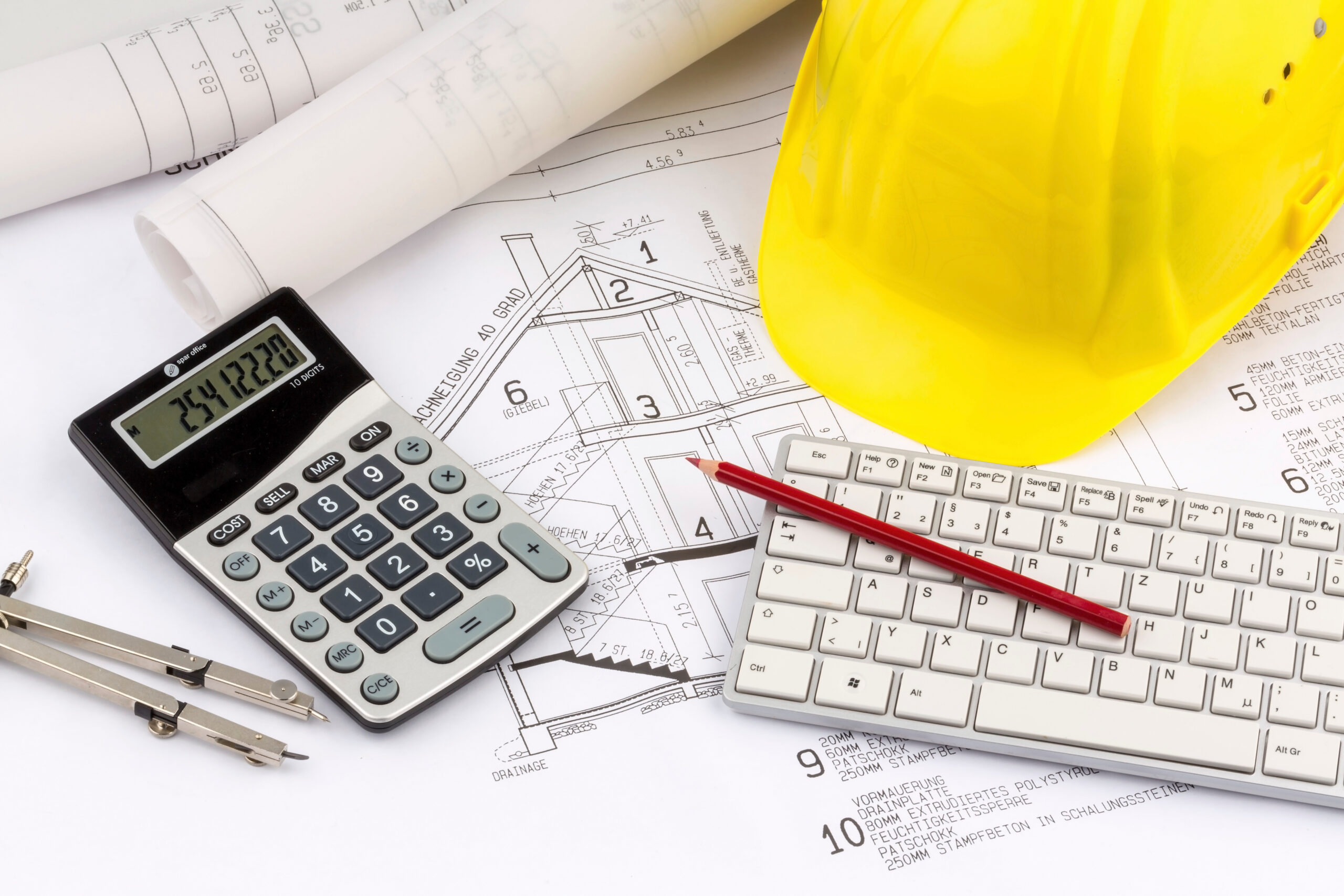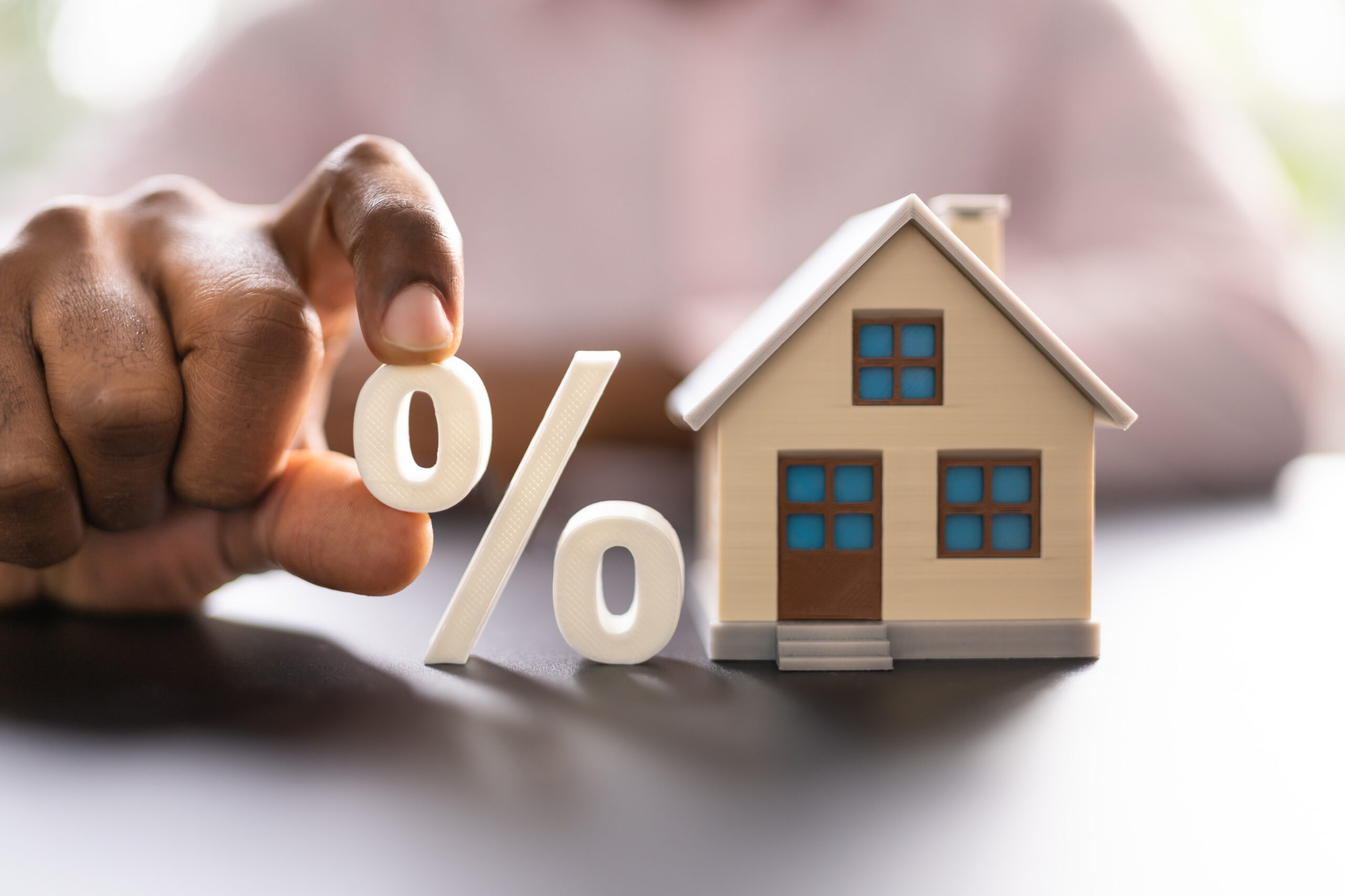How can builders use durable materials to reduce maintenance without sacrificing design appeal? What role do durable materials play in lowering long-term ownership costs for homebuyers? Can durable materials help balance affordability, efficiency, and aesthetics in modern construction?
In today’s housing market, long-term value depends on how well homes are built to last. This blog explores how durable materials—from luxury vinyl flooring and fiber cement siding to quartz countertops—allow builders to deliver style and resilience without driving up maintenance costs. Homebuyers increasingly want homes that look beautiful on day one and stay that way for decades, and advances in durable materials are making that possible. The result is housing that’s affordable, efficient, and timeless.
Beyond design, the article dives into how durable materials contribute to long-term livability, lower ownership expenses, and sustained community appeal. By choosing products that resist wear, age gracefully, and enhance energy performance, builders not only extend a home’s lifespan but also protect homeowners’ investments. The message is clear: thoughtful use of durable materials leads to smarter construction, stronger communities, and homes that endure beautifully for generations.
In today’s housing market, especially within the realm of attainable housing, buyers are looking for one thing above all else: value that lasts. For first-time buyers and families stepping into homeownership, the true cost of a home isn’t just the cash they fork over at closing. It’s the ongoing investment in upkeep, repairs, and replacements over time.
That’s why low-maintenance design has become one of the most important conversations in residential construction and home building. But there’s a common misconception that “low-maintenance” means plain, utilitarian, or uninspired. In reality, the opposite is true. With today’s durable materials and smart design innovations, it’s possible to build affordable housing that is both stylish and resilient. I’m talking about spaces that look good on day one and stay that way for decades.
As a builder who has worked across every stage of development, from blueprints to neighborhood construction, I’ve seen material choices define not just a home’s durability but also its livability. The right materials make ownership simpler, reduce lifetime costs, and protect long-term value. In a market where affordability and longevity matter more than ever, balancing design and durability is an absolute necessity.
Table of Contents:
Floors That Last: Stylish Options with Everyday Strength
Siding That Stands Strong: Curb Appeal That Endures
Countertops That Work Hard Without Looking It
Solid Surface & Lamination Upgrades
Efficiency That Pays Off: Smart Materials for Long-Term Value
Designing for Longevity and Livability
Designing for Community Longevity
Conclusion: Building Homes That Endure Beautifully
Floors That Last: Stylish Options with Everyday Strength
Flooring sets the tone for a home, and it takes the most wear and tear over time. Pets, kids, furniture, shoes, and spills all take a toll. The challenge is finding a material that combines long-term resilience with timeless visual appeal. Fortunately, advances in durable materials have made achieving that balance easier than ever.
There are several options to choose from depending on your style, budget, and overall goals for the home. Two of the best-performing modern solutions are luxury vinyl plank and engineered hardwood.
Vinyl Plank
Luxury vinyl plank (LVP) has become one of the most popular choices for both new construction and renovations, and for good reason. It mimics the natural look of wood or stone, but provides a waterproof and scratch-resistant surface that withstands heavy use. Several sources indicate that LVP flooring can last up to 25 years with minimal maintenance, making it a top performer in terms of lifespan per dollar spent, and a great option for high-traffic areas.
The installation process is also simpler and faster, reducing labor costs and keeping construction schedules on track, which is an important factor in today’s cost-conscious building environment.
Engineered Wood
For homeowners who love the authenticity of real wood, engineered hardwood offers the perfect middle ground. It features a genuine wood veneer layered over a stable plywood core, reducing the expansion and contraction that can damage traditional hardwood in humid or coastal environments.
Engineered wood offers the same warmth and aesthetic appeal of solid hardwood, but with far fewer headaches. There’s no annual refinishing, no water warping, and greater stability in fluctuating climates.
The key takeaway: modern flooring made with durable materials doesn’t force you to choose between beauty and function. For first-time buyers, a home with strong, low-maintenance flooring means less worry about repairs, more comfort, and long-term value retention.
Siding That Stands Strong: Curb Appeal That Endures
The exterior of a home isn’t just about first impressions; it’s the first line of defense against the elements, including weather, temperature, and time. When we talk about durable materials, siding is one of the most impactful choices a builder can make.
Fiber Cement
Fiber cement siding has become one of the most respected materials in residential construction. Made from a blend of cement, sand, and cellulose fibers, it resists warping, cracking, and pests far better than traditional wood siding. Some research has found that fiber cement siding can last over 50 years with minimal upkeep, making it a great, low-maintenance option.
From a design standpoint, it’s remarkably versatile, offered in a wide range of colors and textures that replicate wood grain or modern smooth finishes. For developers like us at Homes Built for America, working in design-conscious markets like California, that flexibility allows communities to meet architectural standards without inflating construction or maintenance budgets.
Vinyl & Composite Options
Vinyl siding remains a cost-effective option for many attainable housing developments, especially when combined with upgraded insulation and trim details. Meanwhile, newer composite sidings are emerging with improved UV resistance and longer warranties, blending sustainability with curb appeal.
Long-Term Impact
Low-maintenance exteriors mean fewer repaints, lower homeowner expenses, and an improved long-term neighborhood appearance. In master-planned communities, that consistency helps maintain property values across entire developments.
Durability on the outside translates directly into stability on the inside, both financially and visually.
Countertops That Work Hard Without Looking It
The kitchen is where style and utility collide. Countertops take daily abuse from hot pans to spilled coffee and play a huge role in defining a home’s aesthetic. Choosing durable materials here pays dividends for both the homeowner and the builder. It keeps the home low maintenance, and keeps the integrity of the builder’s work in the buyer’s good graces—it’s a win for everyone.
Quartz
For years, granite has been considered the premium choice for homeowners seeking longevity and style in their countertops. But in recent years, quartz has surpassed granite in both durability and popularity. Unlike granite, quartz is non-porous, meaning it doesn’t require sealing and won’t absorb liquids or bacteria.
In a massive market valued at $131.42 billion, with projections to continue growing, the rise in popularity for quartz as a countertop material is a sign that buyers increasingly value maintenance-free performance. Its composition (a mix of crushed stone and resin) allows for greater design flexibility, too. Builders can achieve the look of marble, concrete, or granite with consistent color and fewer natural imperfections.
Solid Surface & Lamination Upgrades
For more cost-sensitive builds, advanced laminate and solid surface materials offer affordable alternatives that still deliver impressive resilience. Today’s laminates are far removed from the thin, glossy versions of decades past. They now feature realistic textures, seamless edges, and scratch-resistant coatings, making them an attractive option in attainable housing developments and modern builds.
Countertops are a prime example of how durable materials support long-term affordability. When surfaces resist wear and require minimal upkeep, homeowners avoid costly repairs and replacements, which is an incredibly meaningful advantage in the first decade, even the first five years, of ownership.
Efficiency That Pays Off: Smart Materials for Long-Term Value
Durability isn’t just about what materials are made of. It’s also about how efficiently they perform. Energy-efficient, low-maintenance features are one of the most effective ways to extend a home’s lifespan while reducing overall costs and stress.
Windows & Insulation
Energy-efficient double-pane windows with low-emissivity coatings reduce heat transfer, helping regulate indoor temperatures and protect interior finishes from UV damage. The U.S. Department of Energy notes that heat loss and heat gain through windows is responsible for 25-30% of residential heating and cooling energy use. However, such energy-efficient windows can reduce heat loss compared to single-pane alternatives. This not only lowers energy bills but also lessens wear and tear on HVAC systems. This is a major cost-saving benefit over time. A malfunctioning HVAC system can be a steep cost.
Lighting & Fixtures
LED lighting has revolutionized the way we approach home efficiency. LEDs consume up to 75% less energy and last 25 times longer than incandescent bulbs, according to the DOE’s Energy Saver program. Builders who standardize LED fixtures reduce replacement frequency for homeowners while improving sustainability metrics—another win-win for everyone.
Energy Star Appliances
Beyond lighting and windows, Energy Star-rated appliances deliver both performance and longevity. Refrigerators, washers, and dishwashers that meet Energy Star standards are designed to run more efficiently and experience fewer mechanical issues, thereby reducing maintenance needs over time and proving to be reliable machines for the entire family.
Long-Term Payoff
While these upgrades and durable materials might slightly increase upfront construction costs, they significantly reduce ownership costs and maintenance demands—key priorities for first-time buyers. In essence, durable, efficient materials help homeowners build equity faster by minimizing ongoing expenses.
Designing for Longevity and Livability
For builders, stop looking at building a home as just a means to an end. It’s about more than the sale. It’s about how that home lives five, ten, or twenty years down the line. The best builders understand that the real test of quality is time.
Function & Form Must Coexist
Durability without design appeal can make a home feel cold or impersonal. On the other hand, style without substance leads to costly repairs and frustrated homeowners. The goal is to integrate durable materials that complement the way people actually live. You’re looking to strike the perfect balance between aesthetics and reliable building.
For instance, a family with pets and young children needs scratch-resistant flooring and washable paints. A coastal homeowner needs moisture-resistant materials. A retiree might prioritize easy-to-clean surfaces and slip-resistant finishes. Everyone needs something different, so it’s important to see the difference in both and act accordingly.
In every case, choosing materials based on lifestyle ensures that the home not only looks good but also performs well in the long run.
Aging Gracefully
Materials that age gracefully maintain both their structural integrity and visual appeal over time. Think fiber cement siding that weathers beautifully throughout countless storms, or engineered wood that retains its tone despite years of sun exposure and shoes in the house. These materials prevent the “dated” look that often plagues lower-end developments, helping homes remain desirable for resale or rental markets.
Designing for Community Longevity
On a broader scale, communities built with high-quality, low-maintenance materials tend to sustain property values and attract long-term residents. They project stability and pride of ownership—critical elements for neighborhood success and investor confidence.
After spending more than 35 years building homes, I can tell you that this approach pays off. A development built with care and thoughtful, durable material choices doesn’t just sell—it endures, and that’s what really matters.
Conclusion: Building Homes That Endure Beautifully
There’s a saying in construction that “a house tells its story over time.” The materials you choose determine what kind of story it tells.
Low-maintenance doesn’t mean low design. It means building smarter—choosing finishes, fixtures, and structures that perform beautifully while reducing upkeep. For first-time buyers and developers alike, that’s where the true value lies. In today’s world, every dollar counts. Builders who prioritize durable materials create homes that remain affordable to maintain, visually appealing, and structurally sound. They also contribute to the broader goal of sustainable, attainable housing, ensuring that communities can thrive for decades to come as they get to enjoy living where they work.
A beautiful home should stay that way, not just for the first owner, but for the next generation who inherits its strength and style. With the right materials and mindset, we can build homes that truly stand the test of time, inside and out. And at the end of the day, that’s really been our goal all along.




